Researchers at Caltech and Stanford use microelectronics to enhance jellyfish swimming.
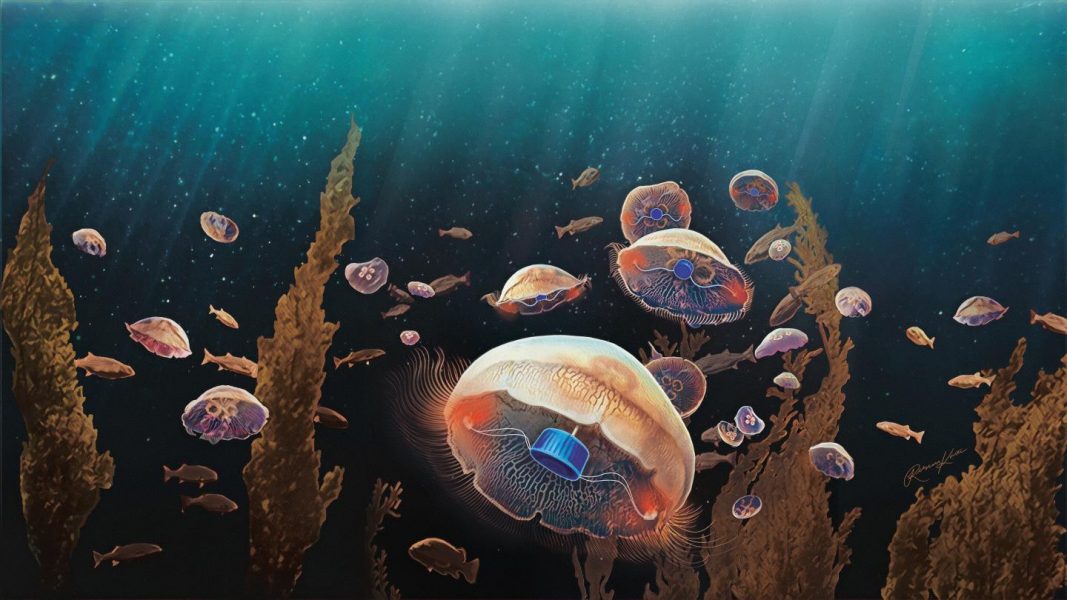

Researchers at Caltech and Stanford use microelectronics to enhance jellyfish swimming.

Researchers develop chameleon metals that change their properties when heated to different temperatures.
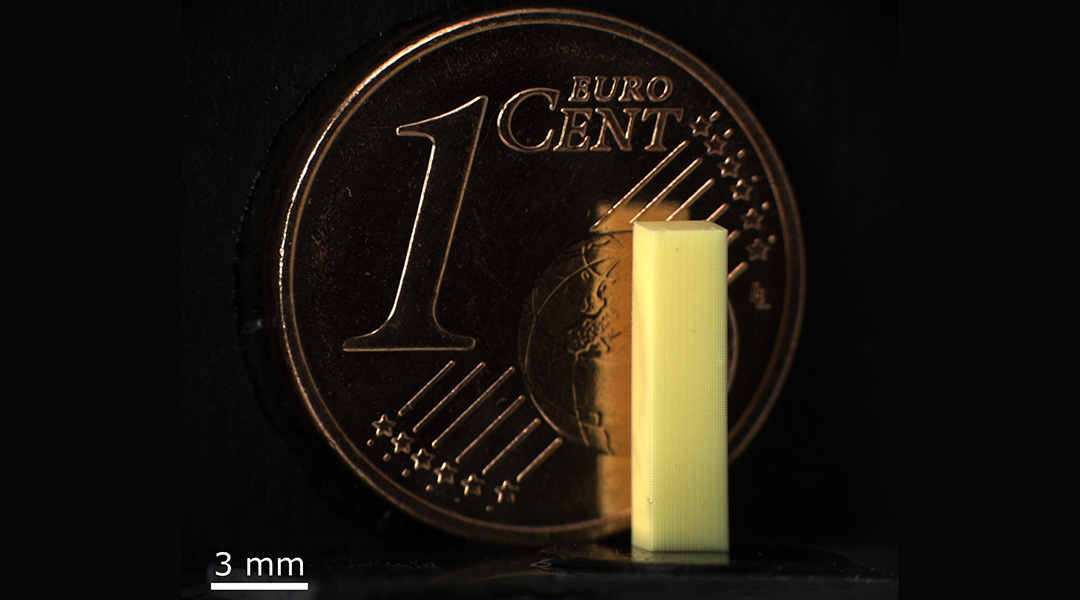
KIT Scientists develop a new 3D-printing system for building submicron structures in record time.
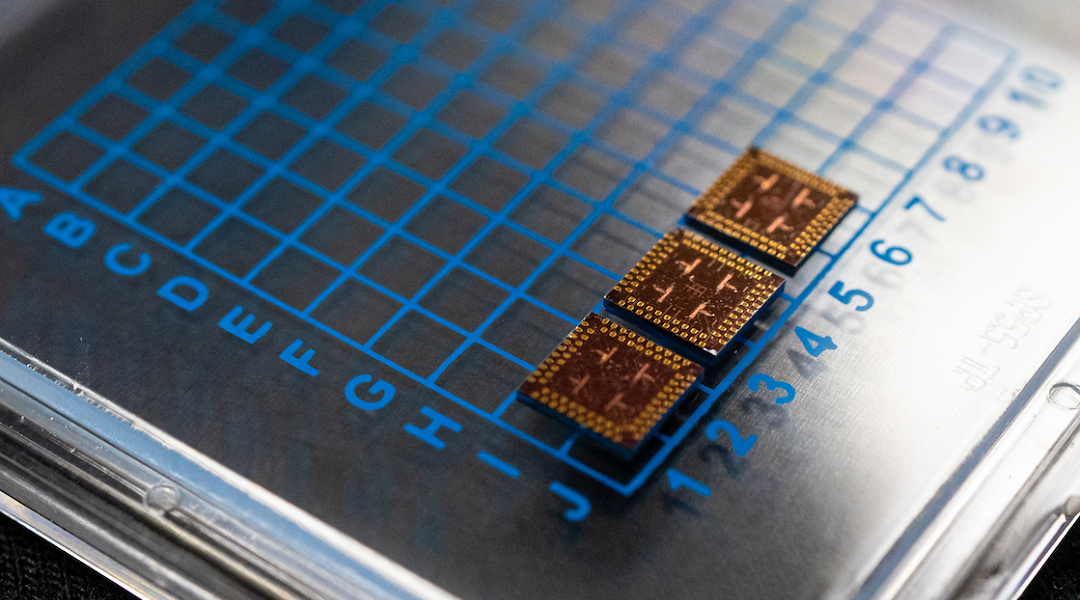
Scientists developed cryogenic memory cells that could be orders of magnitude faster than existing memories while consuming very little power.

A new approach combines 3D coherent imaging with machine learning to detect microscale microplastics in filtered water samples.
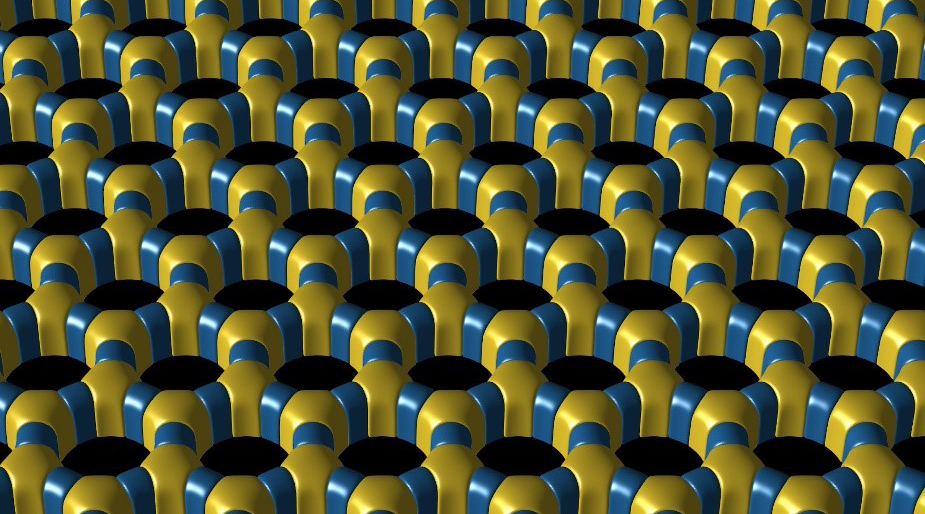
Researchers use ordered templates to impart unprecedented tessellating patterns in composites made from inorganic materials.

Researchers develop a biomimetic flow channel module that facilitates continuous process water analysis in washing machines.

What does cooking in your kitchen have in common with printed electronics? More than one would think! Sintering is a widely used technique for bonding particles into coherent structures, imparting increased strength and integrity. Due to its low cost, and reliability,...
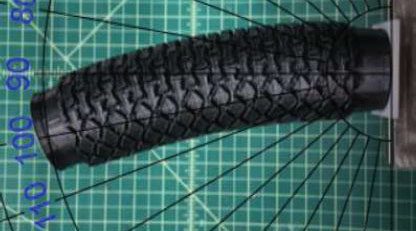
Researchers from UC Berkeley are utilizing deep learning to bypass iterative finite element calculations. Their deep learning model is trained using finite element simulation data to predict the deformation behavior of favorable designs.
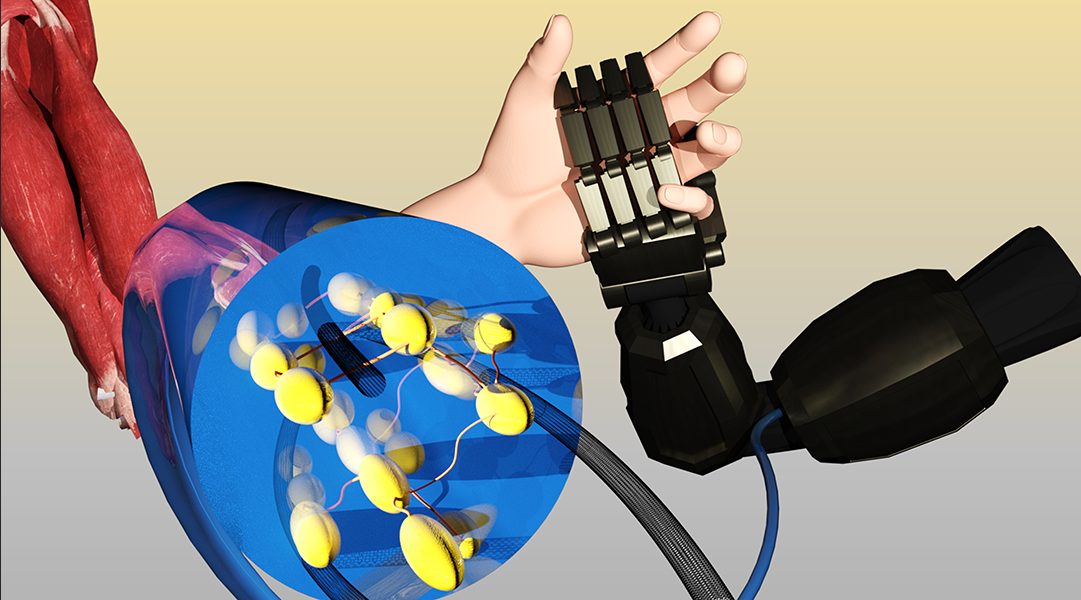
Researchers develop dual-responsive muscle-like soft actuators with both dexterity and high mechanical strength.